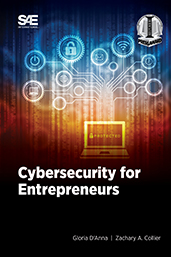Training / Education
Introduction to Car Hacking with CANbus
2024-11-13
Therefore, engineers should ensure that systems are designed free of unreasonable risks to motor vehicle safety, including those that may result due to existence of potential cybersecurity vulnerabilities. The automotive industry is making vehicle cybersecurity an organizational priority.






